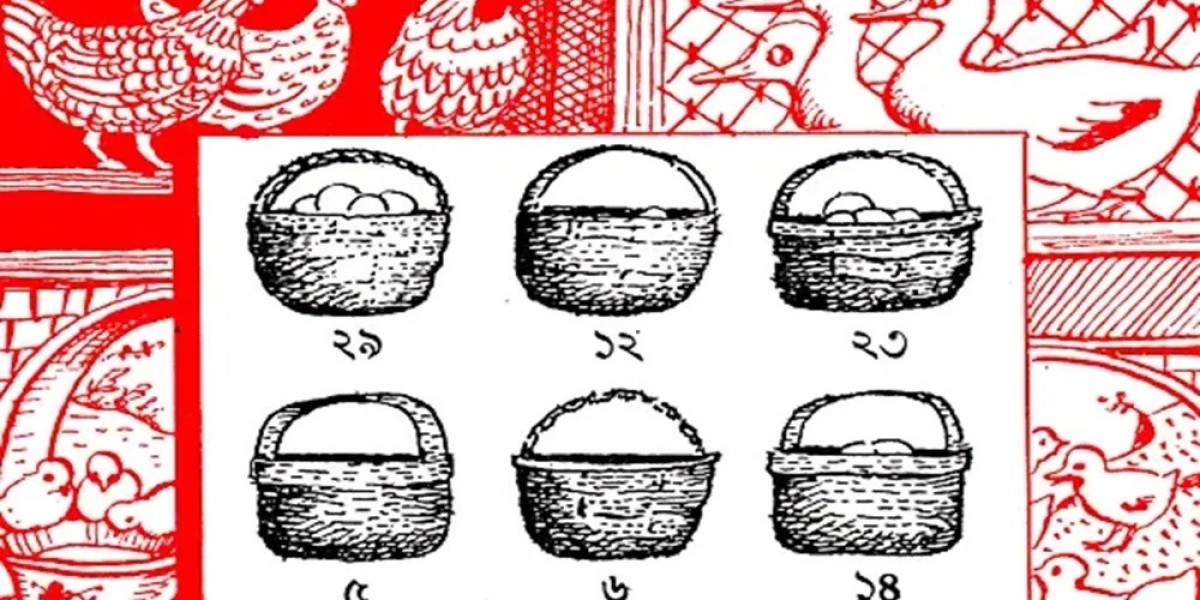Blood group depends on the presence of certain antigens (ie, proteins) on the red blood cells. That is, whether there is an antigen or not determines what the group will be. The four main blood groups are A, B, AB and O. This method of grouping is called 'ABO system'.
blood group
There are two antigens—A and B. If A antigen is on the surface of red blood cells, it is called A group, if B antigen is B group, if both are together, it is AB group and if neither of them is O (O) group. This 'o' actually stands for zero (the British call zero 'o').
Positive or negative, on Rhesus or Rh factor. It is also a special type of protein. If this protein is present, it is said to be positive (yes), and if it is not, it is said to be negative (no). That means, whose blood has A antigen and Rhesus factor, his blood group is A positive.
It is important to know the blood group before giving or receiving blood or any danger. Because, if the group is determined, blood can be given or taken safely when needed. For example, a person with blood group A can safely receive blood from someone with group A or O. But can't take blood from someone with B or AB group. Blood group must be known if emergency blood transfusion is required. This simple information can help save lives in an emergency.
As mentioned earlier, blood groups are determined by the presence or absence of certain antigens on the surface of red blood cells. We inherit these antigens from our parents. Some blood types are very common, many people have them. ie B is positive. It is more accessible than other groups. Again, negative group blood is very rare. But whether common or rare, blood type is impossible to change or change (there is a 'but' though).
If someone needs blood, blood from his group is given to him. In emergency situations and groups of blood supplies may be required. But it is done only when no other option is available and the patient's life is at risk.
I talked about 'but' a little earlier. Let me explain it a little now. Blood type can change, but it is very rare. There are examples of blood type changes after bone marrow (bones or inside bones) transplants. Bone marrow produces red blood cells, white blood cells and platelets. Some diseases like leukemia require bone marrow transplant. Bone marrow from a sick patient can be transplanted with marrow from a healthy donor. If the patient and donor have different blood types, the donor's blood type may change after a successful bone marrow transplant.
Also, if someone has a lot of bleeding and receives a lot of blood transfusions, a different blood type may appear temporarily. If an AB patient is given enough O-type blood, almost all red cells can be seen as O-type. Within a few months, however, the patient's bone marrow can produce blood of its own type and restore the donor's type.
In another case group changes are seen. It only happens in this group. However, this is a very unusual and rare occurrence. When a specific bacterium (scientific name: Akkermansia muciniphila ) infects the intestine of a carrier of this group, it produces a special type of enzyme. This enzyme makes blood group A molecules similar to blood group B molecules. This usually occurs in patients with colon cancer, intestinal infections or sepsis. But as I said, it is very rare.
There is no scientific proof that the blood group has changed from positive to negative. But some people claim that. Some who regularly donate blood claim that after several blood tests they have tested their blood group (positive or negative), the group they previously knew had changed. It is believed that blood type verification tests can cause errors. However, prior bone marrow transplantation or special circumstances can temporarily change the blood group (positive or negative).
However, more research is needed to determine whether blood types can actually change from positive to negative. There are some rare cases, where one's blood group changes from positive to negative or vice versa. Such events may be caused by mutations in the genes that determine AB and O blood groups, but this is not yet fully known.
A common misconception is that blood type can change with age. This idea is not correct. One's blood type cannot be changed, with some rare exceptions. However, it is possible for a person to have two different blood types. This is known as chimerism. This usually occurs when a person receives a blood or bone marrow transplant from two other donors. In this case different blood groups can coexist in the same person without causing any problem.
A person's blood type can be affected by many factors, including food, illness, and medication. However, blood group change is a rare occurrence. Generally there is no actual change in blood type.



















































